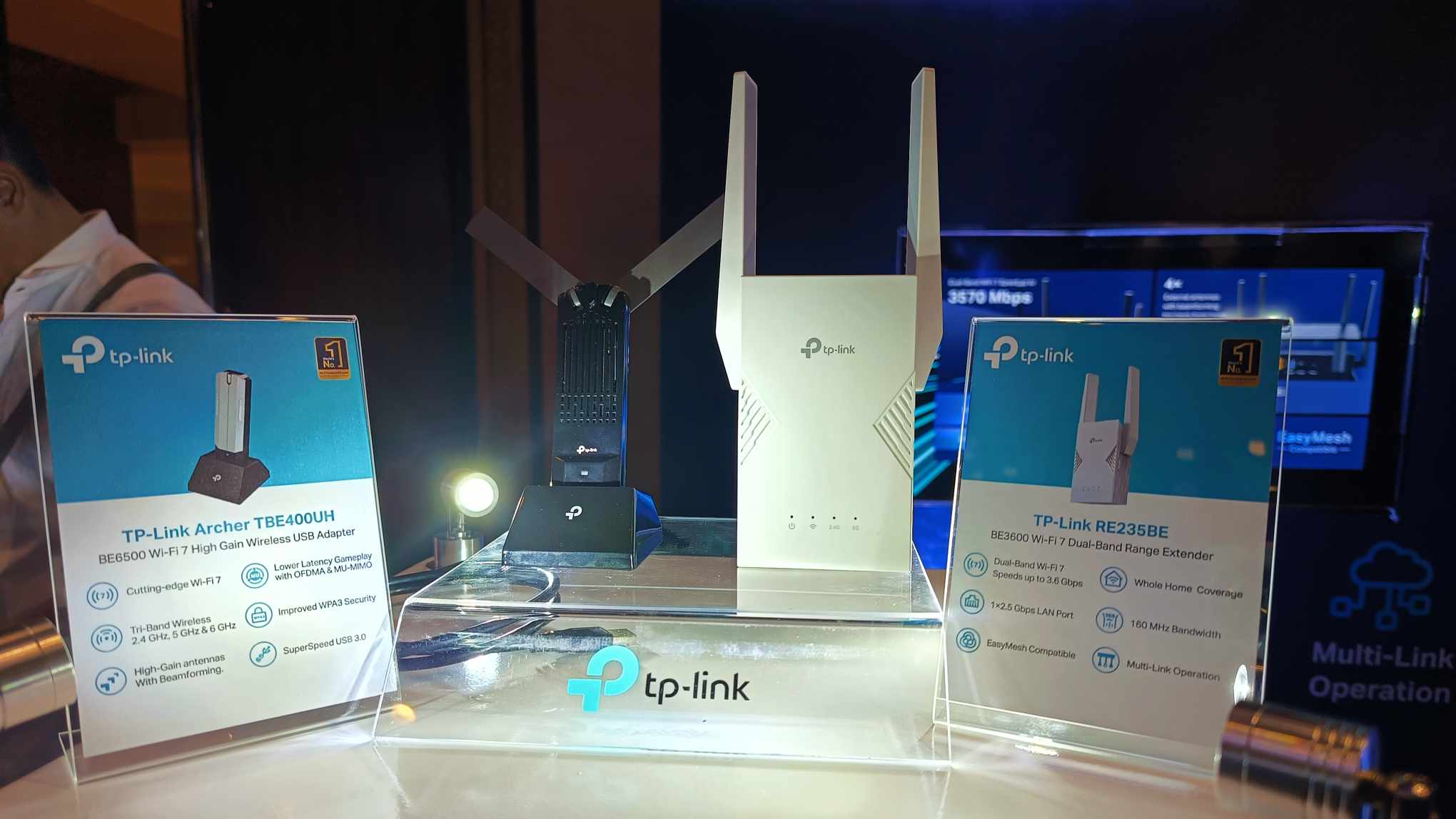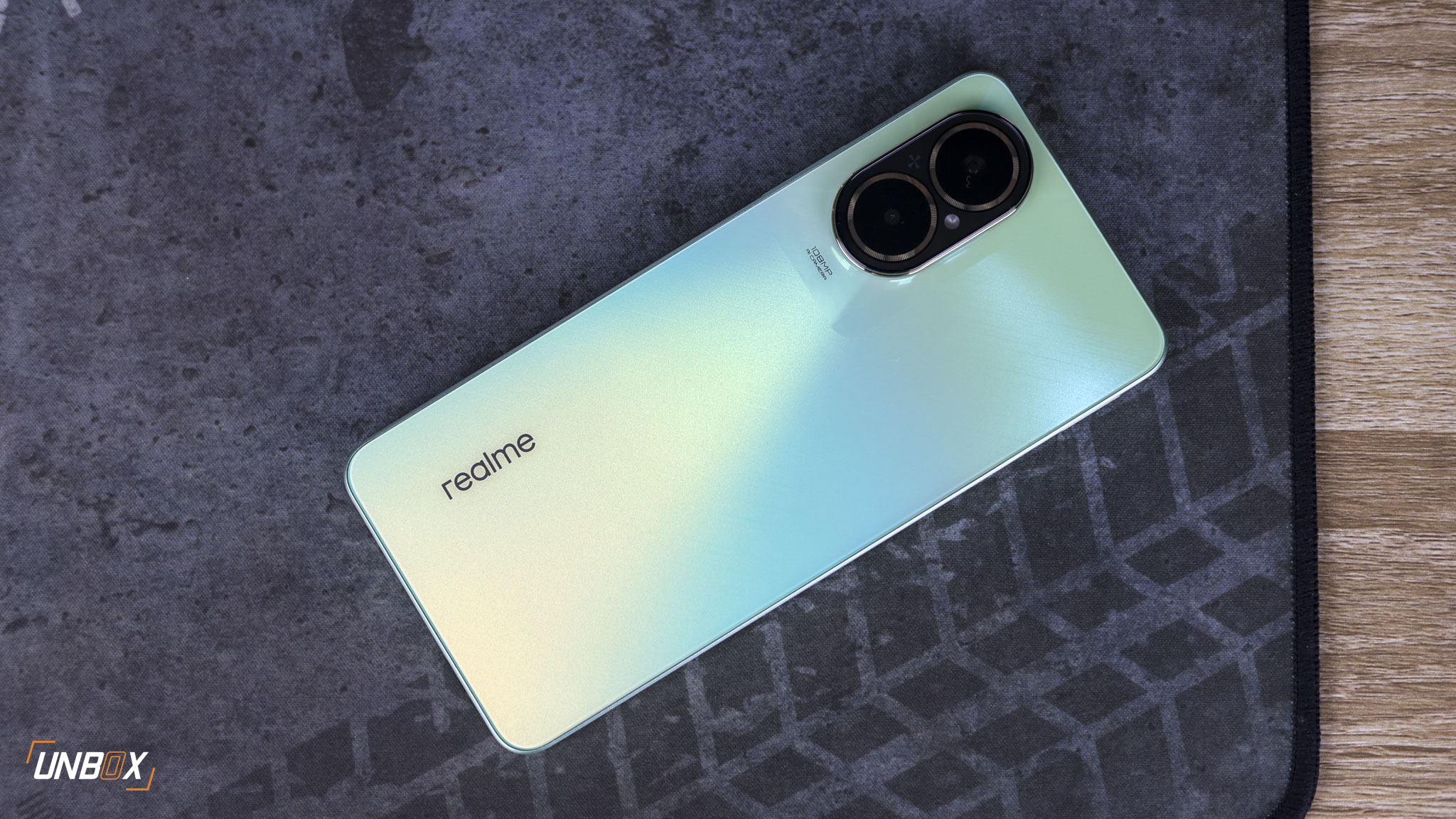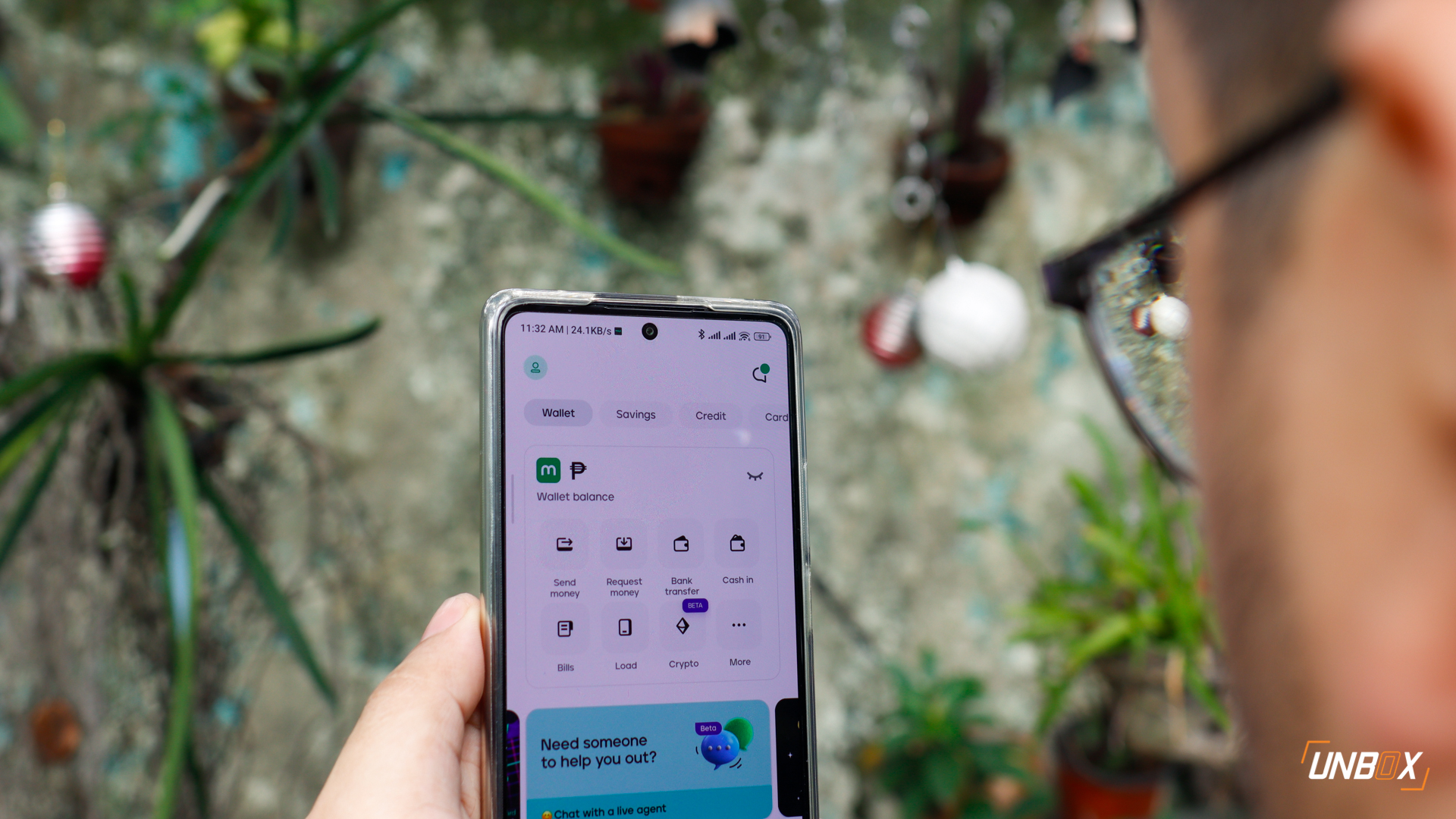As reiterated by the Manila Metropolitan Development Authority, e-bikes now require LTO registration. This requirement stems from the newly implemented RA 11697 or Electric Vehicle Industry Development Act. To help you with this, we made a step-by-step guide on how to register your e-bike in the Philippines in 2022.
Before we begin, it is important to ascertain the type of your electric bike since not all of them require registration. According to LTO Administrative Order No. 2021-039, only the following electric vehicle requires registration:
- E-SCOOTER (L2B) – a three-wheeled vehicle, with or without pedals, powered by electrical energy capable of propelling the unit up to a maximum speed of 50 km/hr.
- E-MOTORCYCLE (L3) – a two-wheeled vehicle, powered solely by electrical energy capable of propelling the unit more than 50 km/hr.
- E-TRIKE (L4, L5) – a three-wheeled motor vehicle powered solely by electrical energy with a minimum rated power of 1000 W capable of propelling the unit to no more than 50 km/hr and having a maximum curb weight of 600 kg. It is designed for the carriage of goods, cargoes, freights, and passengers.
- E-QUAD (L6, L7) – a four-wheeled microcar with limited weight, power, and speed. They are further classified into light electric quadricycles and heavy electric quadricycles.
Therefore, only e-bikes under L2b, L3, L4, L5, L6, and L7 categories require LTO registration. This also means that e-scooters don’t require registration, although they are mandated to use protective gear under the same administrative order.
As for the registration process, e-bikes have the same registration process as any other motor vehicle. For e-bikes bought after the implementation of LTO Administrative Order No. 2021-039, expect the dealer to process the registration for you. However, if you have existing e-bikes that need to be registered, you may follow these steps:
How To Register E-Bike Philippines 2022
- Prepare the following requirements: original sales invoice, PNP-HPG MV clearance, insurance certificate of cover (aka TPL), and certificate of stock reported (CSR) which you can get from your dealer.
- Proceed to any LTO District Office or Regional Office.
- Submit the documents to an LTO evaluator who will check and encode them into the system.
- Wait for the approving officer to give you a breakdown of fees, which you will pay at the LTO cashier.
- After payment, the releasing officer will provide the official receipt (OR) and certificate of registration (CR).
E-bike Registration Fees
Despite having the same process, e-bikes have different corresponding fees. Refer to the table below:
| Vehicle Type/Category | MVUC Rate |
| Category L2b, L3 | Similar to motorcycle w/o sidecar |
| Category L4 | Similar to motorcycle w/ sidecar |
| Category L5, L6, L7 | Similar to “light” car |
This means that owners will pay Php 240 for e-bikes falling under L2b and L3 categories, Php 300 for L4 categories, and Php 1,600 for L5, L6, and L7 categories.
This post is search optimized by the #1 SEO Services Company in the Philippines – SEO Hacker











































































5 Comments